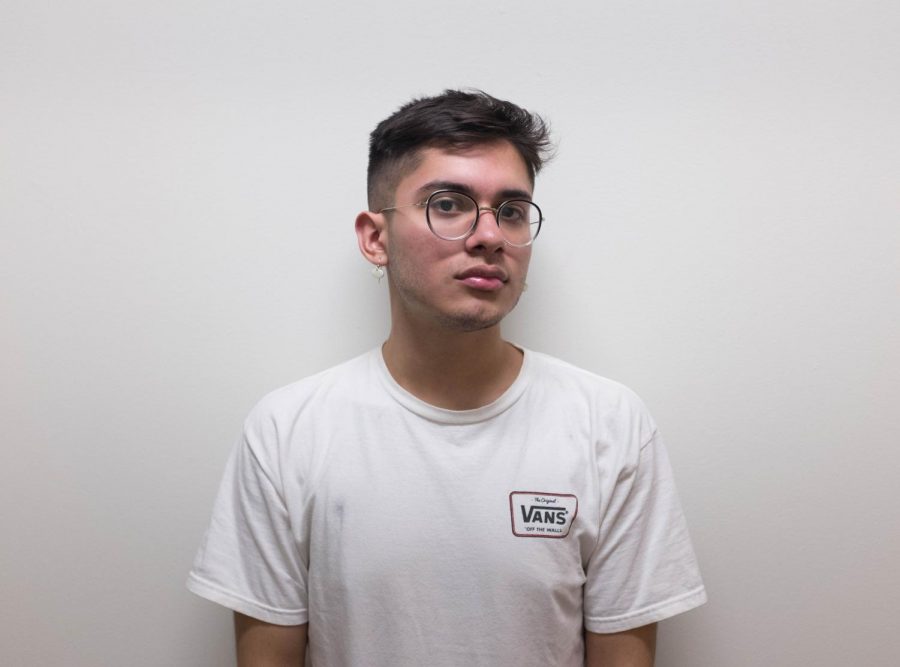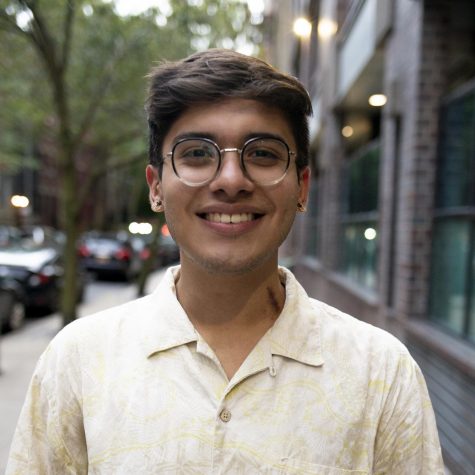Racial Purgatory: Between Black and White
April 16, 2018
I recently saw a tweet about how if “y’all [Latin Americans] had papers y’all would be good[.]”
Due to righteous backlash from Latins of all races and ethnicities, the girl who originally posted the tweet took it down. Offended and consumed by anger, I began to think about the way the Latin American experience in this country is often reduced and effaced.
It is a twofold effect, that both harms and weakens our efforts as people of color trying to dismantle white supremacy. It’s true many of the struggles faced by Latin Americans do stem from displacement and migration. But I think people — especially non-Latin people of color — underestimate how insurmountable everyday challenges become when you suffer a significant lack of socioeconomic capital. Most are ignorant as to how difficult resettlement can be, considering the loss of familial support and language barriers that prevent the very attempt to establish oneself, socially and economically, in this country.
But I refuse to play the Oppression Olympics. I only suggest that we redirect our scrutiny to the real problem.
The black-white binary is intangible. It’s a lens that functions insidiously and perniciously by governing American racial discourse, causing people to efface the identities and struggles of people of color by wrongfully thinking that there are only two true races: black and white. It disregards all ethnic, cultural, linguistic identities of many Latin Americans, indigenous people and Asians, and either evaluates their struggles in terms of black suffering or erases them via accusations of assimilation into whiteness. The problem of thinking simplistically in terms of black and white is that the solutions developed in response to white supremacy, racism and xenophobia will be just as reductive, leaving many groups without a say because so many are seen as white for not being of African ancestry and brushed off as racially other for having physical characteristics not befitting of whiteness.
But colorism also dominates societies all over the world, to be perfectly candid. I myself will never deny that colorism has worked in my favor and in favor of people that look like me. But that will never change the fact that we have been profiled and mistreated for being brown. White people look at me and recognize that I am different from them. In fact, before coming to NYU, the thought of me being labeled as white was never even a thought, considering my lack of any European features or white skin.
I am approaching the end of my first year, and can recall in these past six months several situations in which I was labeled as white, never by anyone white themselves. The most recent incident was at an immigration lawyer’s office while I was filling out paperwork to become a citizen — which costs $1,100 per person, by the way. The person filling out my paperwork, an Afro-Dominican woman, looked at me and quickly marked me as white on my application. I was offended, but I tried to figure out what caused her to think this way instead of blaming her.
A quick Google search revealed that the naturalization application has a section where you can check your ethnicity as either of Latin origin or not, and, as expected, a race section with spots for white, black, Asian, Pacific Islander and Native American. I speak for a huge amount of brown people, both Latin and not, that do not fit into these categories. This form of identification on official government documentation only reinforces the black-white binary, and thus identities and experiences are further effaced. It’s in the best interest of people of color to be wary of falling into this trap. Trying to erase my experience will never makes yours better.
Intersectionality is our friend. It’s a framework that allows us to consider the way our identities overlap and many times determine how we cope with structural racism, classism and xenophobia. That being said, never let anyone ignore the colorist tendencies of society. Yes, the lighter you are, the closer your proximity to whiteness and therefore your likelihood of benefitting from colorism. But there are also many daily challenges caused by displacement and migration, making citizenship status, at times, feel like the least of one’s concerns. There is also a Eurocentric phenotype that many Latin Americans and Asians do not fit, but due to their lighter skin are at risk of being lost in the black-white binary. We want to avoid this divisiveness. It distracts us from finding a solution to the behemoth of white supremacy. We can’t let this racist notion of whiteness divide and conquer us the way it has in the past.
A version of this appeared in the Monday, April 16 print edition. Email Alejandro Villa Vásquez at [email protected].

























































































































































